Bridges represent humanity’s determination to overcome natural obstacles, connecting not just landscapes but cultures, economies, and dreams. Behind their steel cables, stone arches, and concrete spans lie tales of engineering brilliance, wartime heroism, political intrigue, and human perseverance that shaped the world we know today.
Here is a list of 20 bridges with the most incredible stories, each carrying remarkable history within its structure.
Brooklyn Bridge
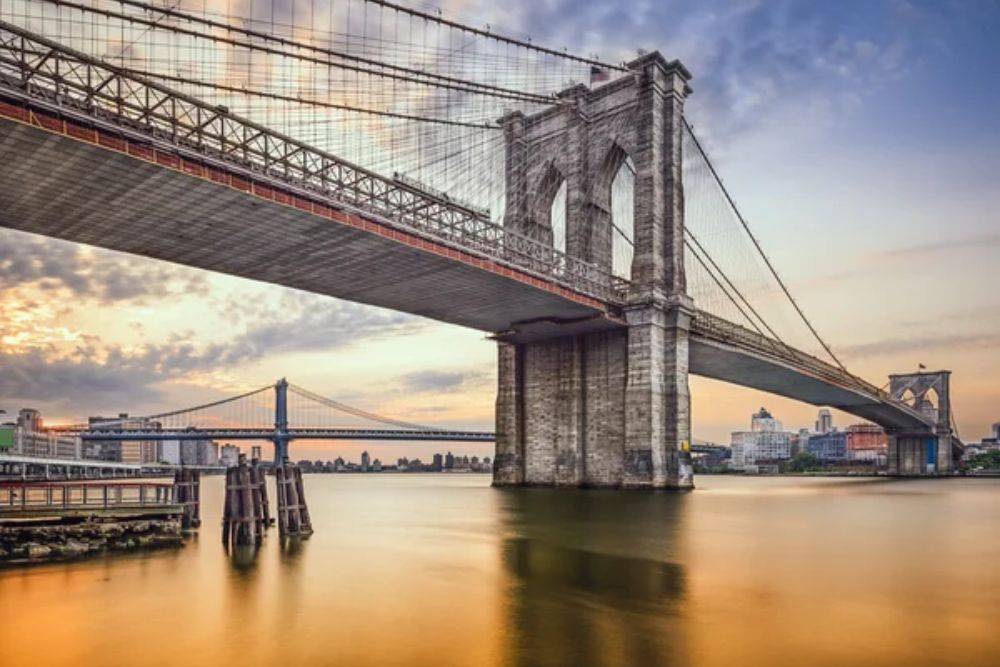
When John Augustus Roebling died from tetanus after his foot was crushed during the bridge’s initial survey, his son Washington took over the project, only to suffer decompression sickness from working underwater. Washington’s wife, Emily, became the first woman field engineer, effectively running the construction for over a decade while her husband recovered.
The bridge opened in 1883 as the world’s longest suspension bridge, but not before a stampede killed 12 people, who panicked, thinking the structure was collapsing.
Tower Bridge

London’s iconic bridge sparked massive public outcry when it was announced, with critics calling it an eyesore that would ruin the Thames’ beauty. The Victorian engineering marvel required over 400 workers and eight years to complete, using a revolutionary bascule design that still lifts over 1,000 times annually.
Despite its medieval appearance, the bridge represents cutting-edge 1890s technology, powered by steam engines and featuring a steel framework hidden behind Cornish granite and Portland stone cladding.
Like Travel Pug’s content? Follow us on MSN
Golden Gate Bridge
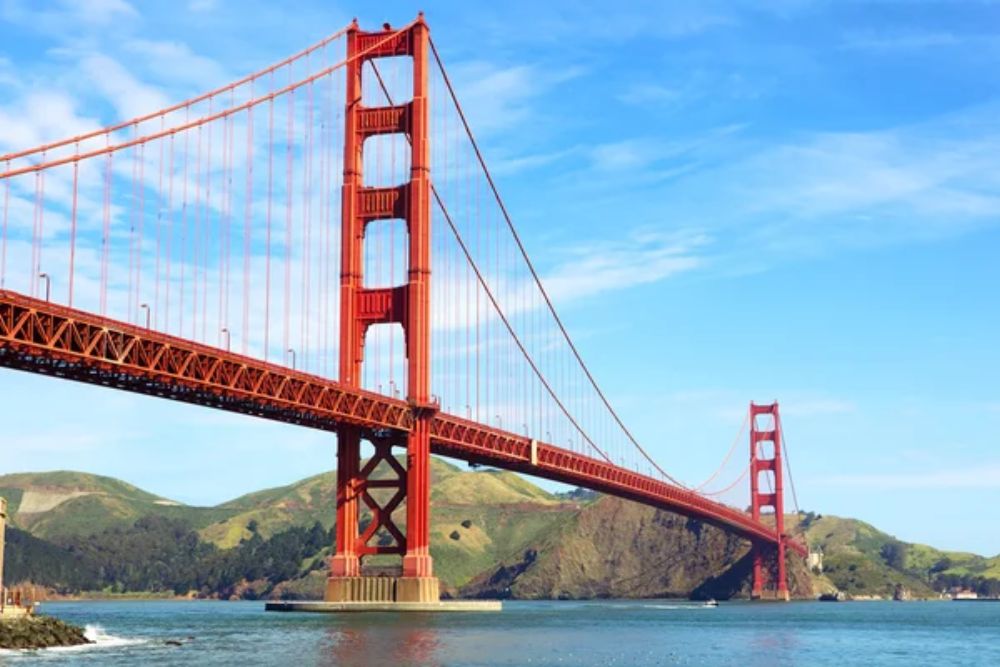
Chief engineer Joseph Strauss initially proposed an ugly cantilever design before architect Irving Morrow convinced him to create the elegant Art Deco suspension bridge we know today. The bridge’s international orange color wasn’t planned—it was primer that looked so striking against San Francisco’s landscape that they kept it.
Construction claimed 11 lives despite unprecedented safety measures, including the first construction safety net that saved 19 men who became known as the ‘Halfway to Hell Club.’
Ponte Vecchio
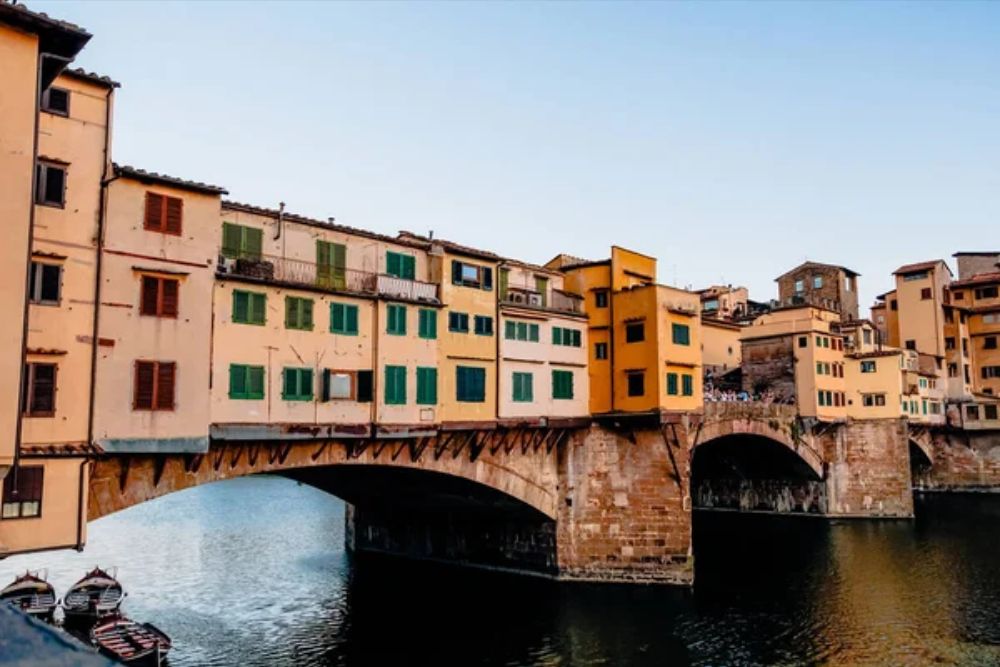
Florence’s medieval bridge survived World War II only because Hitler reportedly admired its beauty and ordered it spared during the German retreat. The bridge has housed shops since the 13th century, transitioning from butchers and tanners to goldsmiths when the Medici family complained about the smell.
A secret corridor runs above the shops, allowing the Medici to travel between their palace and government buildings without mingling with common citizens.
London Bridge
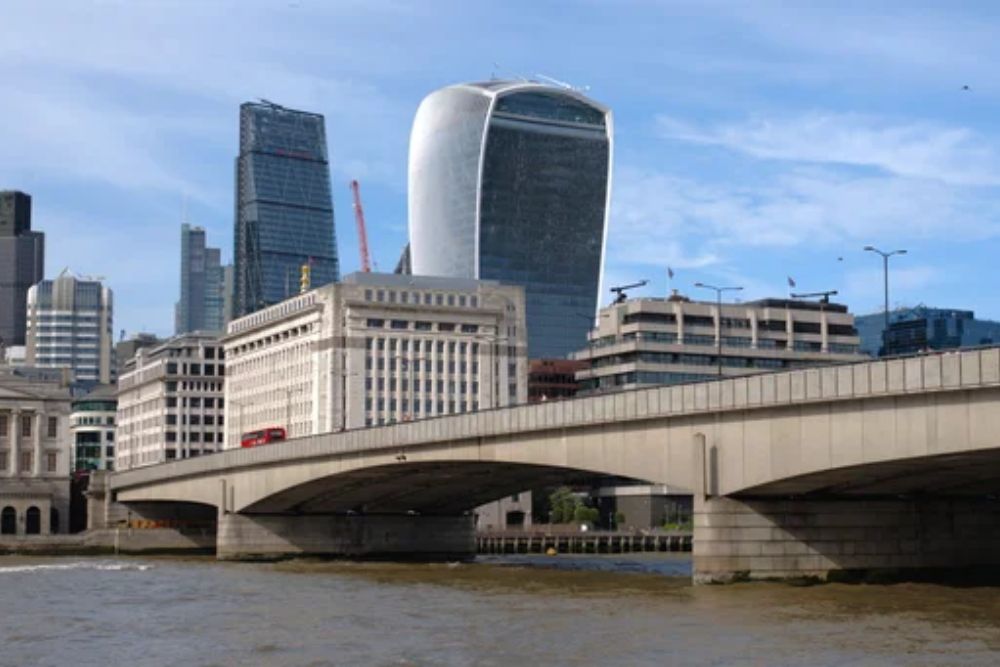
The medieval London Bridge stood for over 600 years, becoming so crowded with houses and shops that it resembled a narrow street suspended over water. The bridge’s 20 arches created such turbulent water flow that shooting the rapids became a dangerous sport, leading to the saying ‘London Bridge is falling.’
When demolished in 1831, American entrepreneur Robert McCulloch bought the replacement 1830s bridge for $2.4 million and reassembled it in Arizona, thinking he was purchasing the more famous Tower Bridge.
Like Travel Pug’s content? Follow us on MSN
Bridge of Sighs
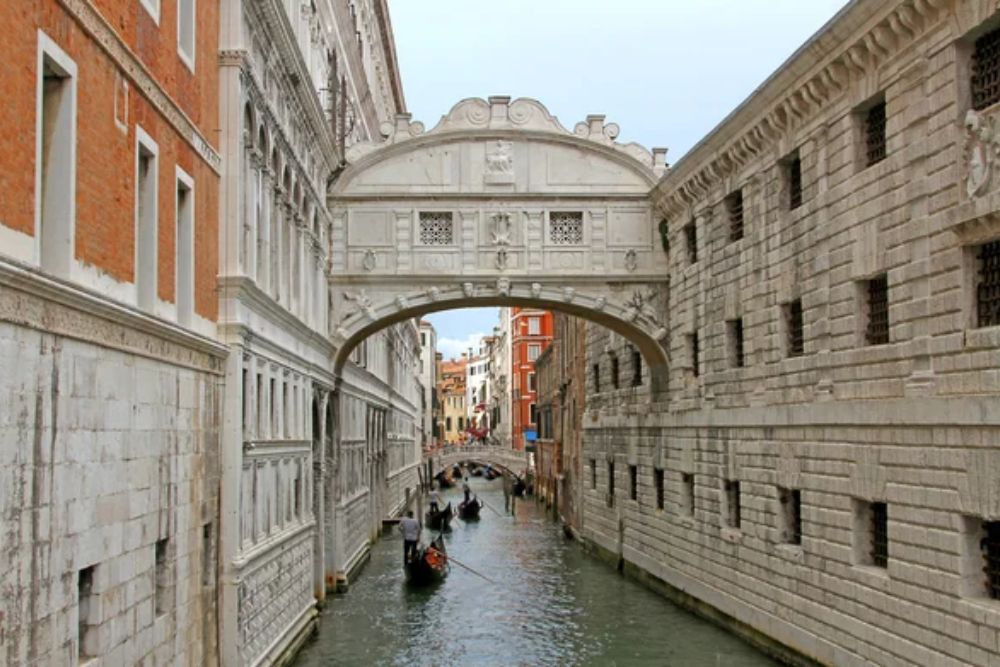
Venice’s limestone bridge earned its romantic name from Lord Byron’s poetry. However, its original purpose was far from romantic—connecting the interrogation rooms in the Doge’s Palace with the prison cells.
Prisoners would catch their final glimpse of beautiful Venice through the bridge’s stone-barred windows before potentially spending years in captivity. The bridge’s enclosed design prevented prisoners from escaping or communicating with sympathizers in the canal below.
Millau Viaduct
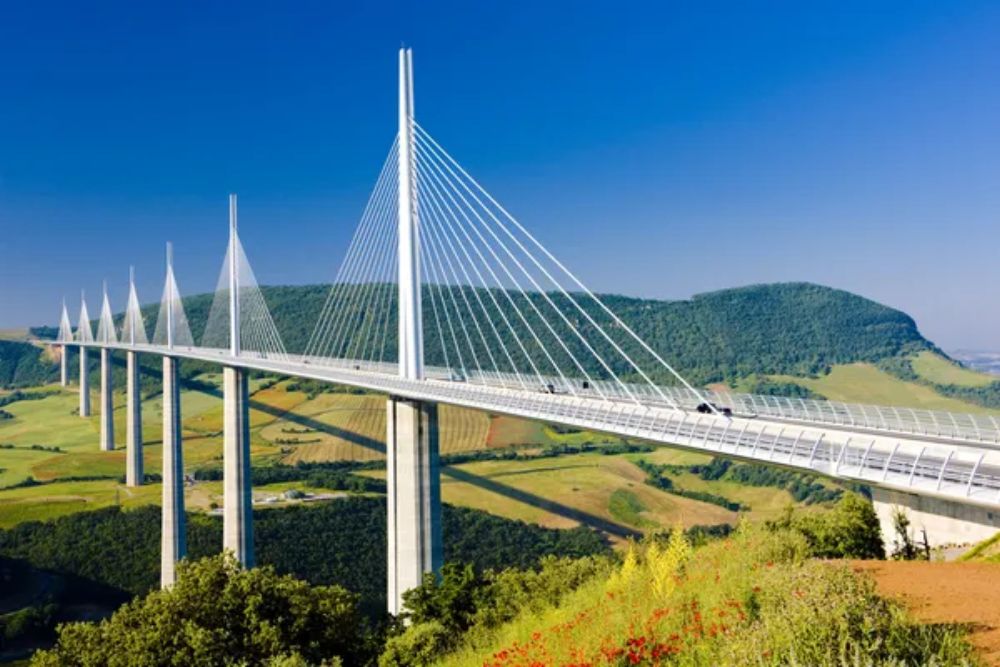
France’s cable-stayed bridge stands taller than the Eiffel Tower, stretching across the Tarn Valley with such elegance that it appears to float above the clouds. British architect Norman Foster designed the structure to be nearly invisible from a distance, using slender towers and cables that create minimal visual impact on the landscape.
The bridge reduced the drive from Paris to Barcelona by over 60 miles while becoming an architectural masterpiece that attracts visitors purely for its beauty.
Tacoma Narrows Bridge
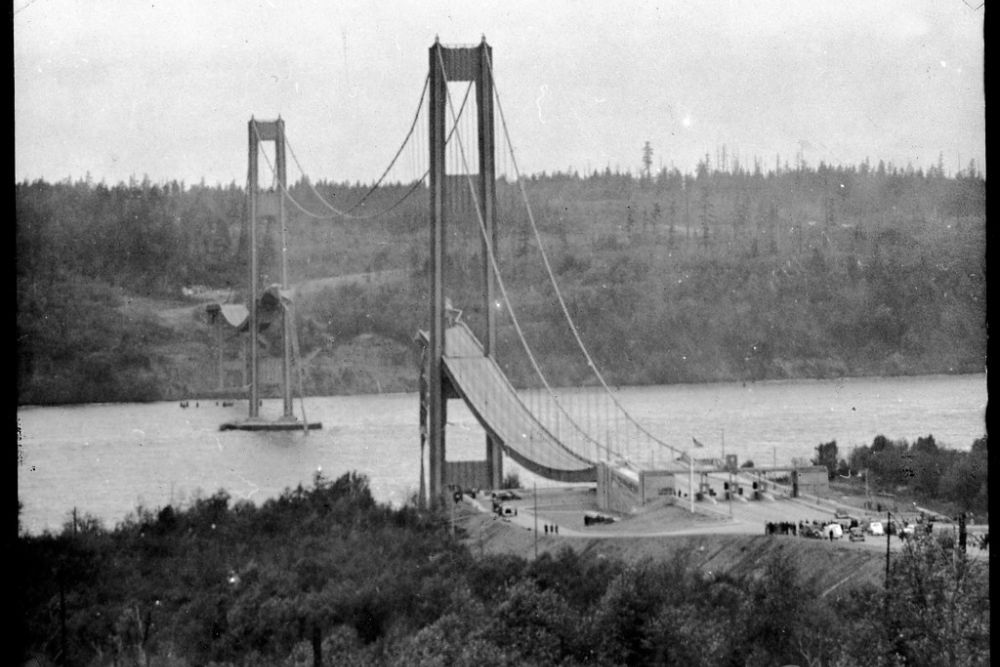
The original ‘Galloping Gertie’ became history’s most famous engineering failure when it collapsed in 1940, just four months after opening. The bridge’s aerodynamically unstable design created oscillations in moderate winds, earning it the nickname for its undulating motion that initially attracted tourists.
The collapse, captured on film, revolutionized bridge engineering and became a cautionary tale taught in engineering schools worldwide about the importance of considering aerodynamic forces.
Like Travel Pug’s content? Follow us on MSN
Sydney Harbour Bridge
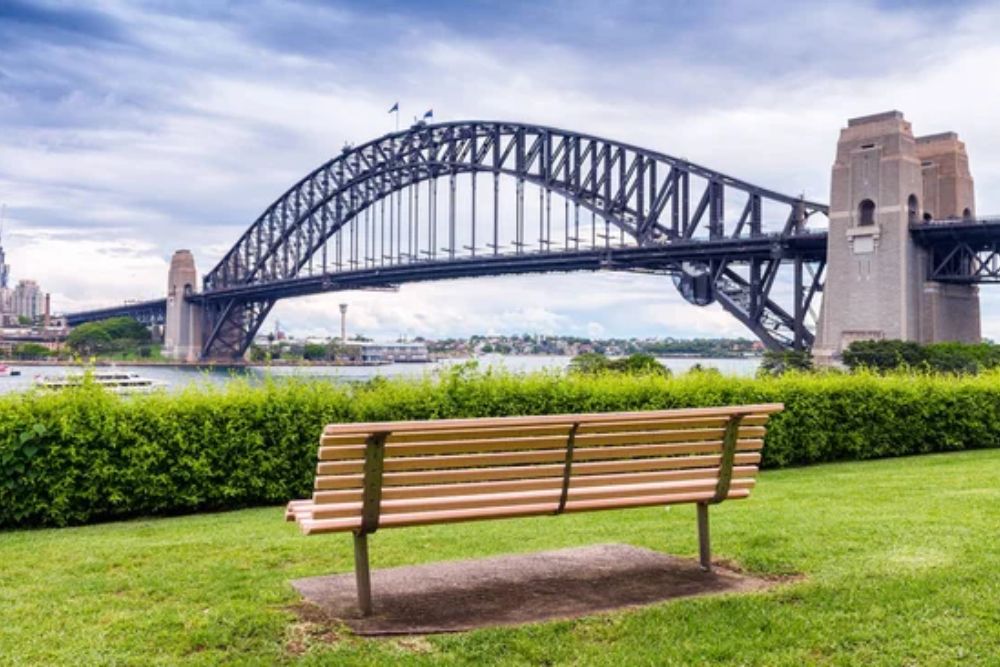
Australia’s ‘Coathanger’ required 1,400 workers and eight years to complete, with 16 men losing their lives during construction in the 1920s and early 1930s. The bridge’s arch design was chosen over a suspension bridge due to Sydney’s high winds and the harbour’s busy shipping traffic that required high clearance.
During the opening ceremony in 1932, a right-wing activist on horseback slashed the ribbon before the official ceremony could begin, declaring the bridge open ‘in the name of the decent citizens of New South Wales.’
Rialto Bridge
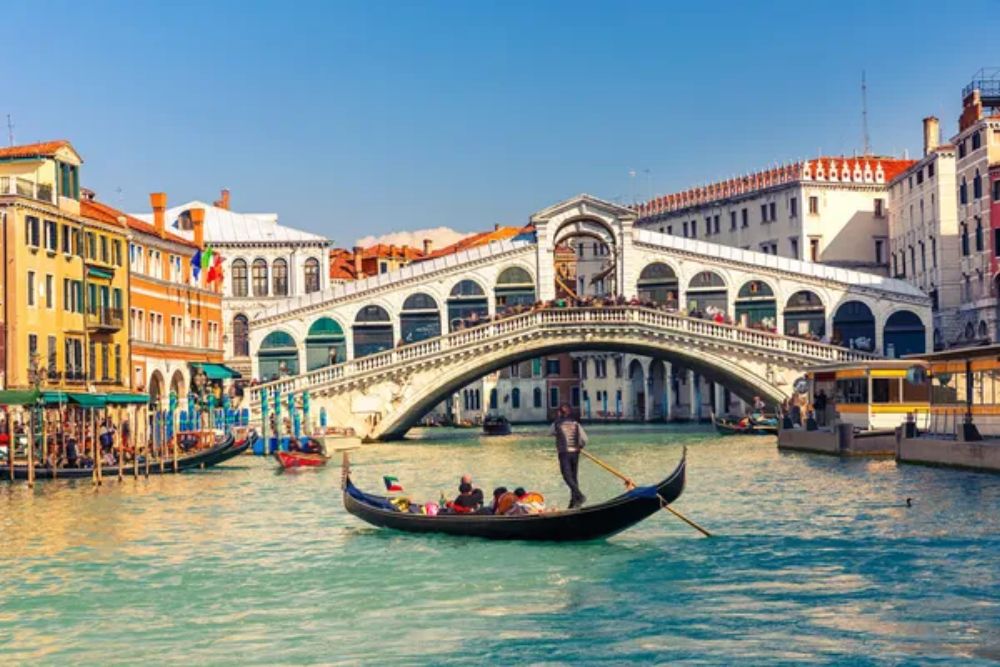
Venice’s marble bridge replaced a series of wooden bridges that repeatedly collapsed or burned, including one that fell during a wedding procession in 1444. The current stone bridge, completed in 1591, was considered so daring that critics predicted it would collapse within decades.
The bridge’s single-span arch design seemed impossible to many engineers of the era, yet it has stood strong for over 400 years while supporting shops and thousands of daily pedestrians.
Chapel Bridge
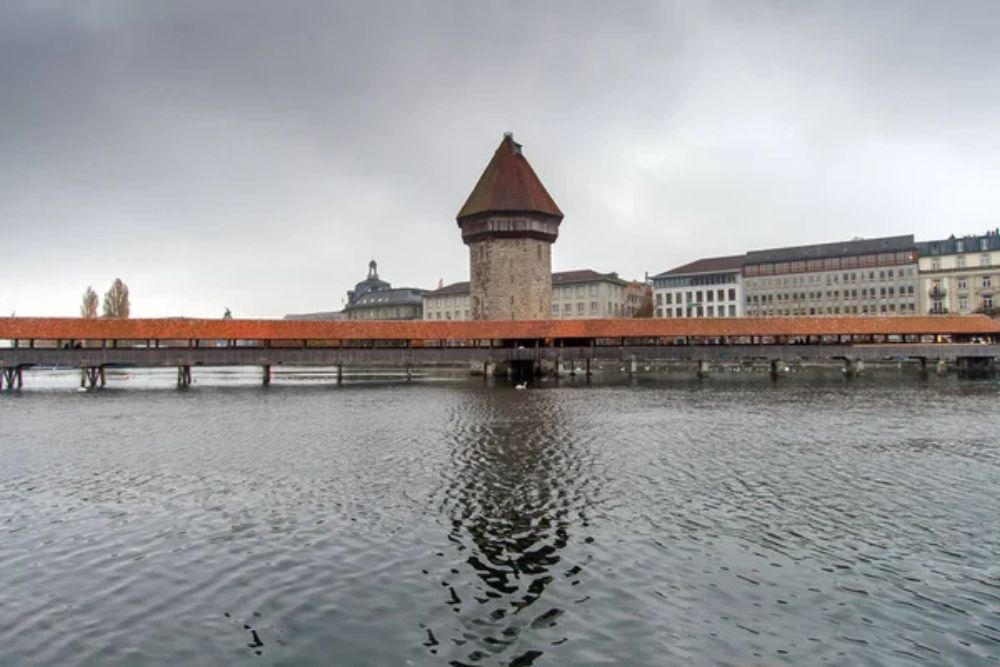
witzerland’s 14th-century covered wooden bridge in Lucerne survived for over 600 years before a devastating fire in 1993 destroyed most of the structure and its historic painted panels. The bridge originally served as part of the city’s fortifications, featuring paintings that depicted scenes from Swiss history and the lives of patron saints.
Rebuilt using original techniques and surviving timber, the bridge maintains its medieval character while incorporating modern fire prevention systems.
Like Travel Pug’s content? Follow us on MSN
Charles Bridge
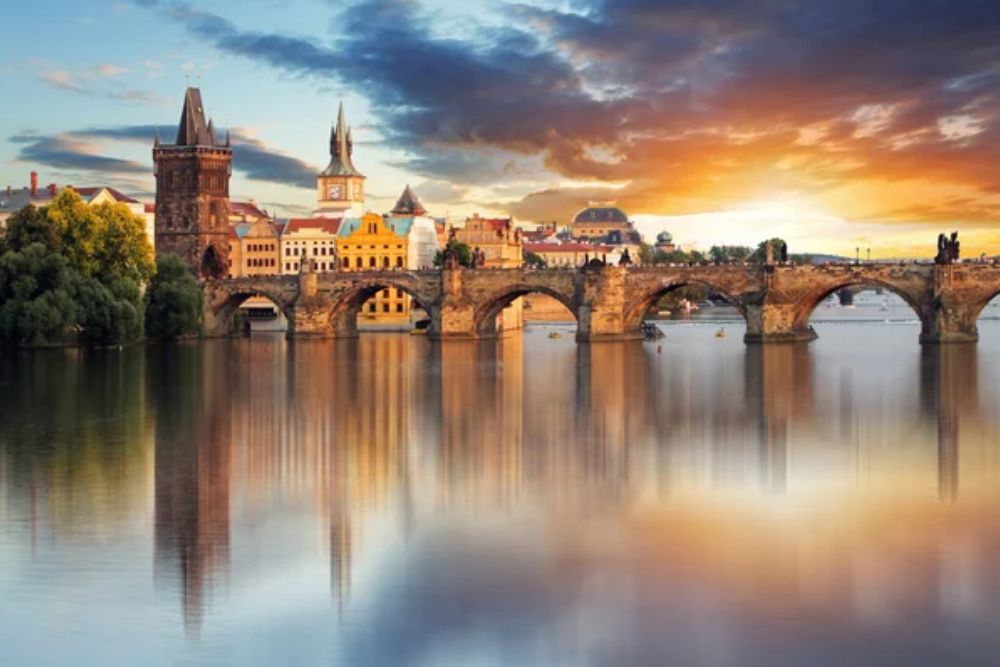
Prague’s stone bridge was completed in the 14th century, taking 50 years to build, with legend claiming that egg whites were mixed into the mortar to strengthen the structure. The bridge survived numerous floods, wars, and political upheavals, becoming a symbol of Czech resilience through centuries of foreign occupation.
During Communist rule, the bridge served as a meeting place for dissidents and artists, playing a crucial role in the Velvet Revolution that peacefully overthrew the government in 1989.
Banpo Rainbow Bridge
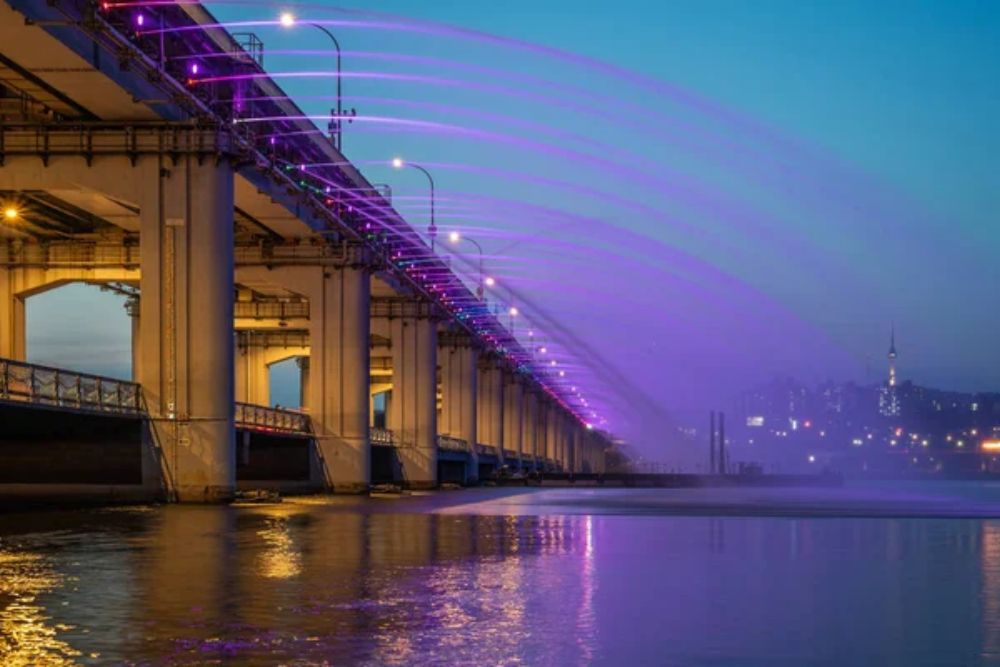
Seoul’s bridge transforms into a spectacular water and light show every evening, shooting water jets synchronized with music and colored lights. The bridge’s fountain system uses water from the Han River, recycling it through pumps that create the dancing water display.
Originally built as a simple concrete bridge in 1982, the addition of a fountain in 2009 transformed it into one of the world’s longest bridge fountains, attracting millions of visitors annually.
Akashi Kaikyo Bridge
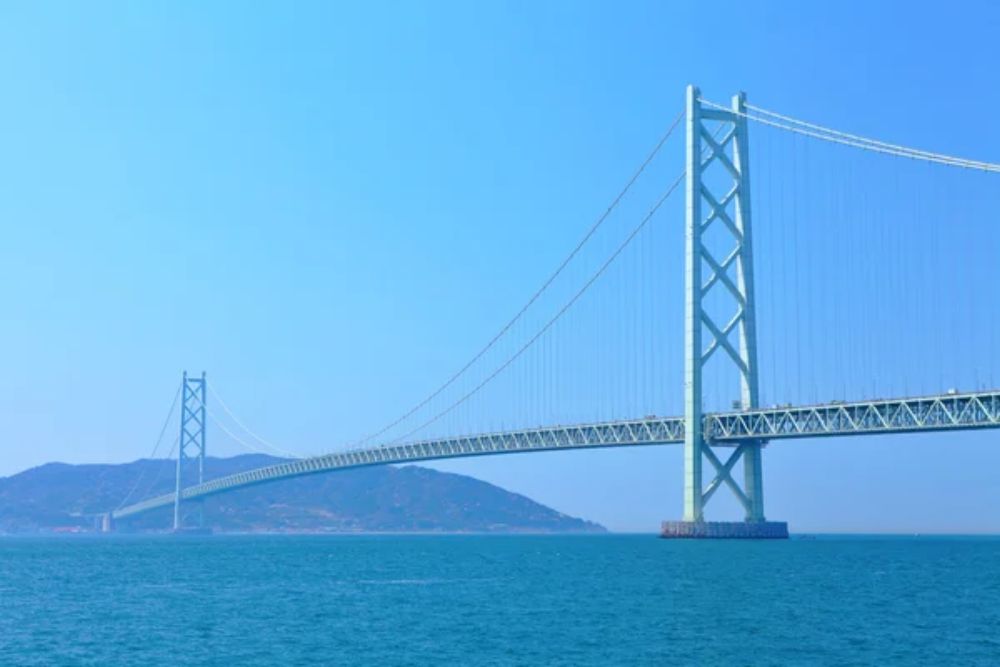
Japan’s engineering marvel spans nearly 2.5 miles, making it the world’s longest suspension bridge and capable of withstanding earthquakes and winds of up to 180 mph. Construction took 12 years and required innovative techniques, including the use of synchronized GPS systems to ensure proper alignment across the massive span.
The 1995 Kobe earthquake actually moved the bridge’s towers further apart during construction, forcing engineers to make the central span three feet longer than originally planned.
Like Travel Pug’s content? Follow us on MSN
Zhangjiajie Glass Bridge
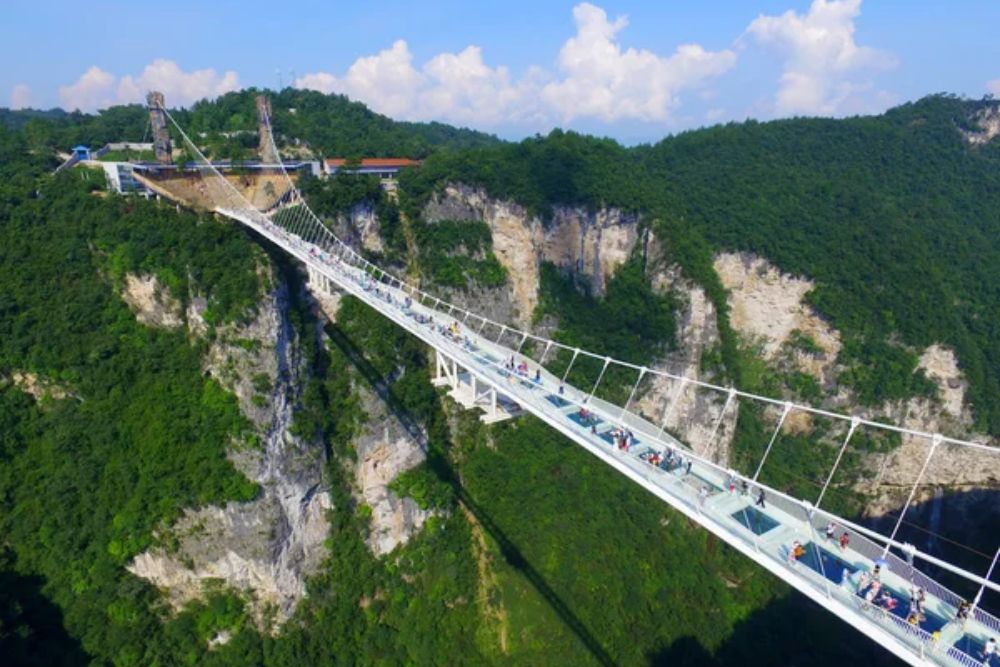
China’s transparent bridge stretches 1,410 feet across a canyon, becoming the world’s longest and highest glass-bottom bridge when it opened in 2016. The bridge can hold 800 people but limits daily visitors to 8,000 due to overwhelming demand from thrill-seekers wanting to walk on glass 980 feet above the valley floor.
Engineers subjected the bridge to extreme testing, including driving a car loaded with 4.5 tons of bricks across the glass panels to prove its safety.
Covered Bridge at Lucerne
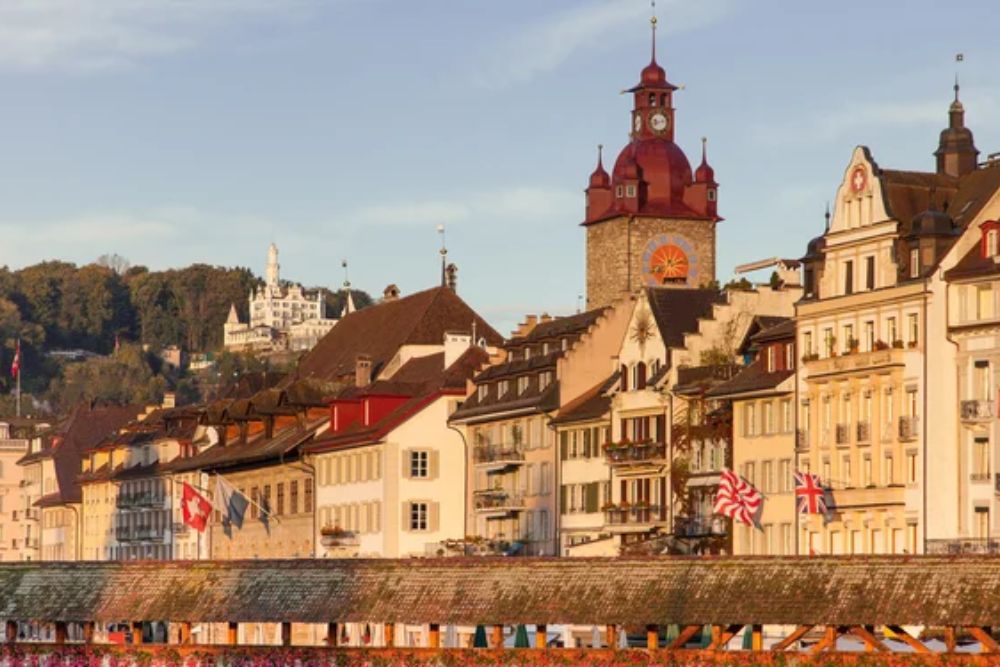
The Kapellbrücke originally extended much further into Lake Lucerne before 19th-century land reclamation shortened its length from over 870 feet to its current 560 feet. The bridge’s triangular paintings, installed in the 17th century, told the story of Lucerne’s history and Switzerland’s patron saints in a visual narrative for illiterate citizens.
The devastating 1993 fire was caused by a discarded item believed to be smoking-related, destroying 78 of the 110 historic panels, though many were painstakingly restored using photographic records.
Hell Gate Bridge
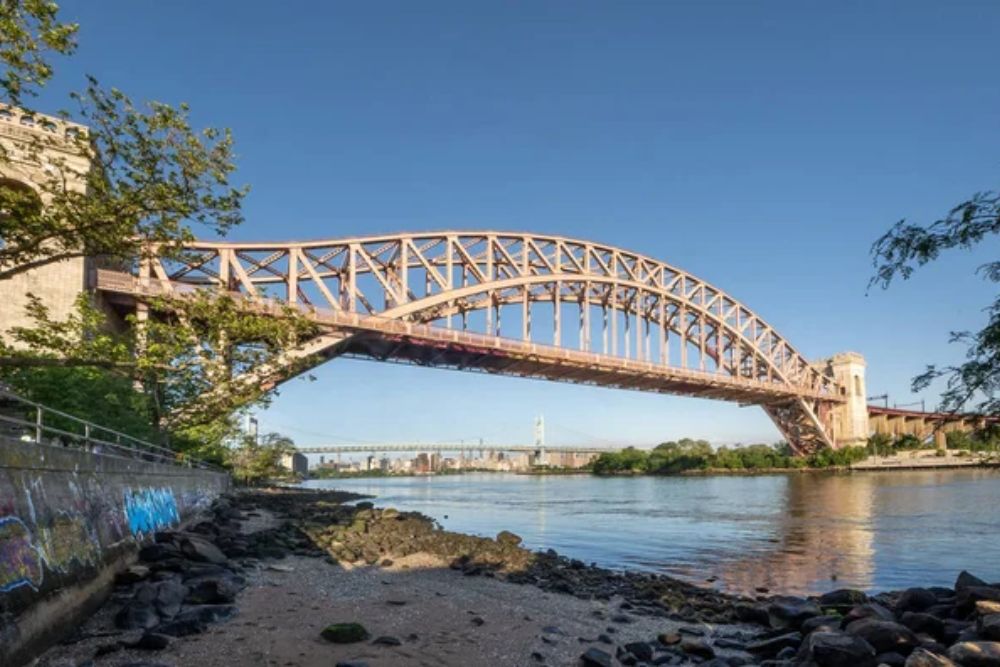
New York’s steel arch bridge was the world’s longest when it was completed in 1916, named after the treacherous strait it crosses, where numerous ships had wrecked. The bridge required innovative construction techniques, including the use of falsework that extended across the perilous waters, where currents reached up to four knots.
Despite its foreboding name and location, the bridge has carried trains safely for over a century, becoming a crucial link in the Northeast rail corridor.
Like Travel Pug’s content? Follow us on MSN
Magdeburg Water Bridge
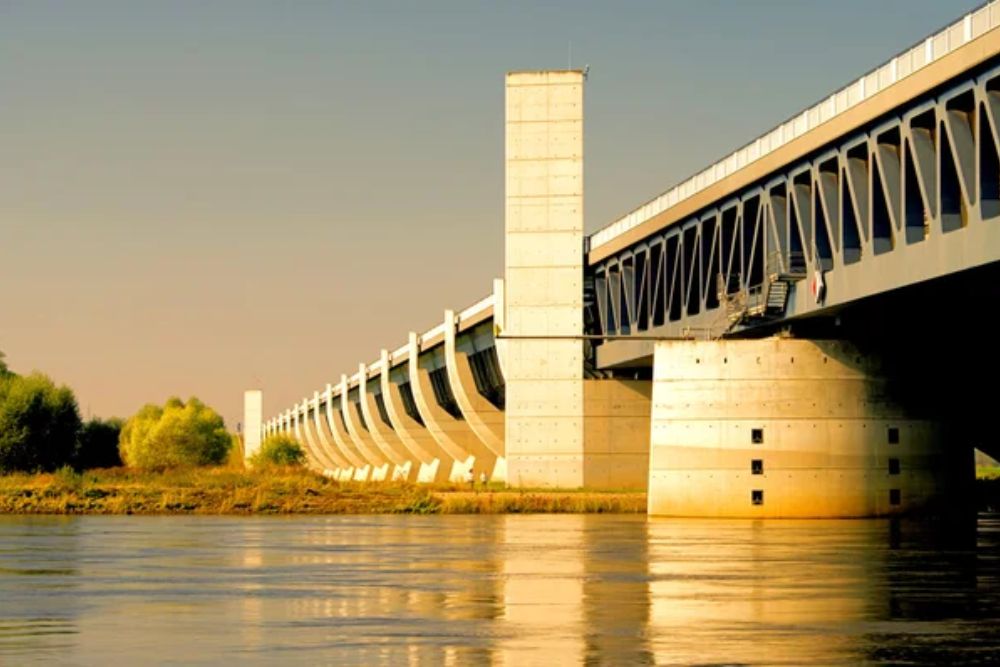
Germany’s unique aqueduct carries ships over other ships, allowing boats to cross above the Elbe River while other vessels sail beneath them. The bridge took six years to complete and cost nearly $600 million, connecting two important canal systems that had been separated for decades.
This engineering marvel enables large barges to bypass a complex route that previously required multiple locks and significantly longer travel times.
Erasmus Bridge
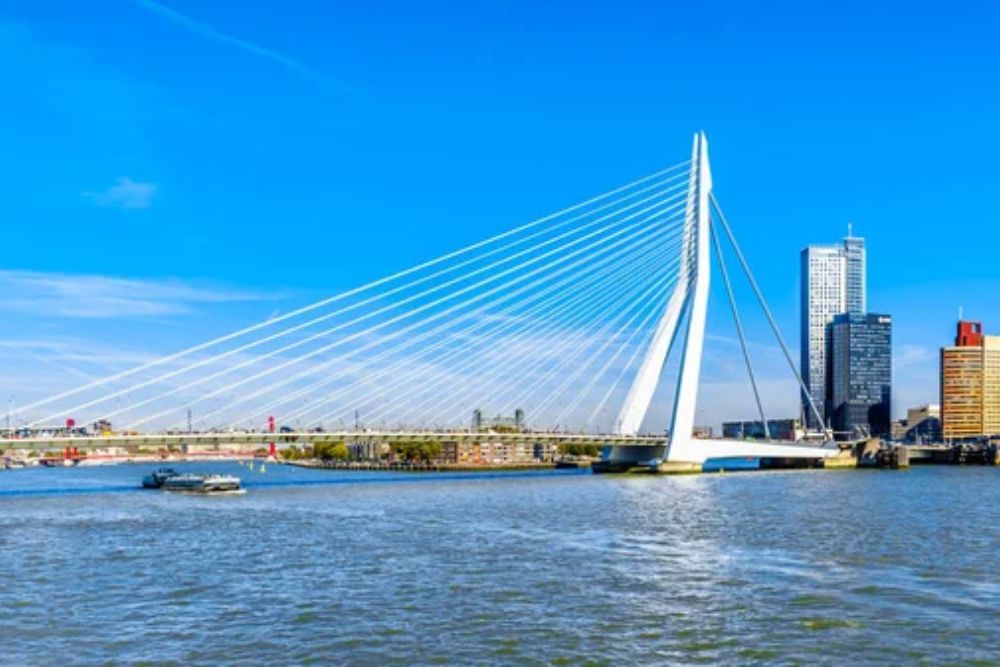
Rotterdam’s cable-stayed bridge earned the nickname ‘The Swan’ for its elegant single-tower design, which has become the city’s most recognizable landmark. The bridge’s asymmetrical design reflects Rotterdam’s modern architectural philosophy, which rose from the city’s determination to rebuild beautifully after the destruction of World War II.
The structure’s blue-illuminated cables create a stunning nighttime display that symbolizes the city’s forward-looking spirit and maritime heritage.
Peace Bridge

Connecting New York and Canada over the Niagara River, this bridge symbolizes the world’s longest undefended border and peaceful relations between the two nations. Built in 1927, the bridge replaced ferry services that had operated since the early 1800s, dramatically improving trade and travel between the countries.
The structure has required multiple renovations to handle increasing traffic loads, including a major expansion completed in 2019 that doubled its capacity while preserving its historic character.
Like Travel Pug’s content? Follow us on MSN
Spanning More Than Water
These remarkable bridges demonstrate that engineering achievements become truly extraordinary when they carry not only physical loads but also human stories alongside them. From medieval trade routes to modern architectural marvels, each structure reflects the ambitions, struggles, and triumphs of the people who built it and the communities they serve.
The greatest bridges don’t just connect two points—they become symbols of human determination, artistic vision, and the endless drive to overcome obstacles that seem impossible to cross. Their stories remind us that the most impressive engineering feats often emerge from the most challenging circumstances, creating lasting monuments to human ingenuity and perseverance.
More from Travel Pug

- 20 Best Beach Towns in the Carolinas
- 13 Destinations Where Tourists Regularly Regret Their Trip
- 20 Destinations That Are More Magical Without an Itinerary
- 20 Underrated Adventures That Belong on Your Travel List
- 20 Cities Where You Should Just Wing It, No Planning Required
Like Travel Pug’s content? Follow us on MSN
